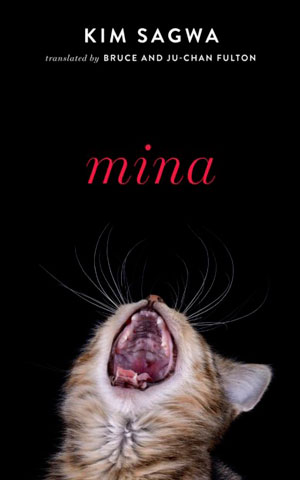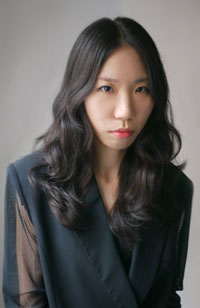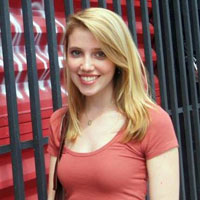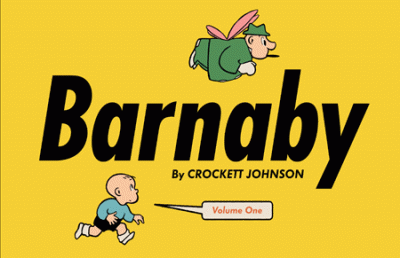
MINA
by Kim Sagwa
translated by Bruce and Ju-Chan Fulton
Two Lines Press, 237
Reviewed by Kelly Doyle
Purchase this book to benefit Cleaver
When adults look back upon their teenage years they chuckle, roll their eyes at their own naiveté, or slap their foreheads in retrospective frustration. And they have a lot to say. Writers have been exploiting the tumultuous years between thirteen and eighteen ever since the first angsty teenager began committing regrettable acts in an attempt to find herself. Writers feast on change, on transition, on fear and tension, all so inherent in the teenage being. From The Catcher in the Rye to Looking for Alaska to The Outsiders and The Perks of Being a Wallflower, we have seen poor judgment, insecurity, the occasional misguided romance, and the search for identity drive stories.
A new novel, Mina, written by Kim Sagwa and translated from Korean by Bruce and Ju-Chan Fulton, also attempts to chronical this transformative time of life, but in the context of a world that does not condone individuality, experimentation, or choice. Through unconventional characters, a high-pressure setting, and an unapologetic directness that is both off-putting and enthralling, Sagwa creates an entirely different kind of teenage drama. By placing three emotional, confused young people in a world of restraint and hidden suffering, she ignites an explosion of a story that is entirely new. It does not have the charming humor of John Green or the contrariety of J.D. Salinger. Instead, it is an immensely serious and angry portrayal of a teenage breakdown.
On the surface, the protagonist Crystal could be mistaken for a standard teenager with standard feelings. She lives an upper-middle-class life in P-City, Korea, where she struggles with the usual teenage problems of boys, alcohol, and fitting in. She loves music and cheesecake. At the beginning of the novel, the reader is led to believe that Crystal’s insanity, or “weirdness” as other characters refer to it, is in response to the societal pressures that surround her, specifically in relation to school. Her friend Mina describes their lives as “Cram school, home, school, test, school, school, cram school, homework, tutor, cram school, home, tutor, cram school, home, school, back to cram school, back to tutor, back for a test back to homework back to school back to school back to school. Home. Cram School. How can anyone think this is normal? It’s crazy.” In addition, they are well aware of the emphasis their families place on class, and where they fall within the hierarchy of their world. Their society is made up of an “exclusive middle-class lifestyle that is selfish, ignorant, and irresponsible […] while in another section of the city the lives of the losers slowly sink.” This attitude spills into Crystal’s worldview and she begins seeing everyone as nothing but a position in her ranking system: “this person’s worthy, that person’s unworthy.” Crystal’s parents are rarely home. She is starved for attention and lacks an emotional outlet. The only one is Mina and Mina’s brother Minho, with whom Crystal believes she is in love. Crystal says that her life is all about coping just so she “will have an opportunity to carry heavier burdens.” It is easy to understand why she might be “weird.”

However, as her weirdness devolves into an entirely different form of insanity, it becomes harder to imagine that society is the only force at work. Crystal is narcissistic and sadistic, believing herself smarter than everyone in the world. “People are idiots, and I hate idiots,” she says many times throughout the novel. “Stupid kids ought to be put to work on a farm […] I wish I could tell them there’s no reason they should exist. Then kill them, a slow, painful death. After the job is done I’ll have a good laugh.” She vacillates between wanting everyone dead and merely wanting them below her, “underfoot so she can call down and tell them they can’t come up.”
Kim opens with a premise that has been written and rewritten and places it in a world where the normal sequence of events is outlawed, twisting the classic bildungsroman it into a terrifying spectacle of a life going terribly wrong.
On top of that, Crystal is obsessed with Mina, simultaneously hating and loving her, fantasizing about murdering her and being her hero. The reader’s relationship with Crystal changes drastically when she acts upon her dark instincts for the first time. Finding an abandoned kitten, she pulls its tail, hits it, throws it repeatedly against a wall, and eventually puts it in a plastic bag and throws it out the window. The entire episode is overlaid with her overflowing emotions. “As she laughs she feels anger infiltrating the laughter—more and more anger […] her laughter changes to hysteria.” For the rest of the novel, as if the torturing and killing of the cat have unleashed something that can no longer be controlled, her emotional volatility worsens, culminating in elaborate hallucinations and terrifying fantasies. She attempts to explain her feelings in long monologues and internal contemplations, but she lacks empathy and logic. Citing new problems on every page, her twisted worldview seems to be constantly changing. She ranks everyone in a fashion reminiscent of the grades that control her life and is extremely conscious of class and intelligence. “I hope the planet dies,” she says. “Before I turn twenty. If the planet dies then all the idiocy in the world can be saved—salvation from stupidity.” She has no social understanding and seems to be utterly alone. Her rants span for pages, ending chapters without making any convincing arguments. Throughout this spiral, the reader fears more and more for the safety of Mina, who remains the focus of many of Crystal’s thoughts and fantasizes. The beginning of the novel reads like a social commentary, but it plays out like a horror movie.
The narrator exists somewhere between Crystal’s mind and an all-knowing god, reporting her thoughts as well as information she would have no way of knowing. This unconventional narrative pattern alloys Kim’s voice to distinguish itself through images that are precise and visceral. The story is fast-paced because the reader feels Crystal’s franticness—the volatility and transience of each individual moment.
Kim creates a new kind of teenage drama, a story that is not concerned with pleasing the reader or making anyone happy. She writes a coming of age story in a setting where development is impossible, where pressure decides everything, where structure replaces individuality.
Yet the narrative provides the reader with no respite from the darkness of Crystal’s mind. It spans the entire course of the novel, resulting in a gritty read. Crystal is incomprehensible, difficult to understand or relate to. She is one of many teenagers molded into identical students, and she can only become as different as her daring allows. Crystal is so helpless that, in this time of transition, she can only create choice for herself if she not only breaks the rules but breaks the very foundation of the world in which she lives. As soon as she begins to believe this, any less than radical solution becomes impossible. In this way, Kim creates a new kind of teenage drama, a story that is not concerned with pleasing the reader or making anyone happy. She writes a coming of age story in a setting where development is impossible, where pressure decides everything, where structure replaces individuality. She opens with a premise that has been written and rewritten and places it in a world where the normal sequence of events is outlawed, twisting the classic bildungsroman it into a terrifying spectacle of a life going terribly wrong.
 Kelly Doyle studies English, creative writing, and psychology at Emory University. Her fiction has appeared in Firewords Quarterly, Stories Through the Ages College Edition, and others. She is the editor-in-chief of Emory’s literary magazine, Alloy, and she works in a developmental memory lab on campus. She loves to read and travel, and she plans to pursue a career in writing.
Kelly Doyle studies English, creative writing, and psychology at Emory University. Her fiction has appeared in Firewords Quarterly, Stories Through the Ages College Edition, and others. She is the editor-in-chief of Emory’s literary magazine, Alloy, and she works in a developmental memory lab on campus. She loves to read and travel, and she plans to pursue a career in writing.
Read more from Cleaver Magazine’s Book Reviews.



